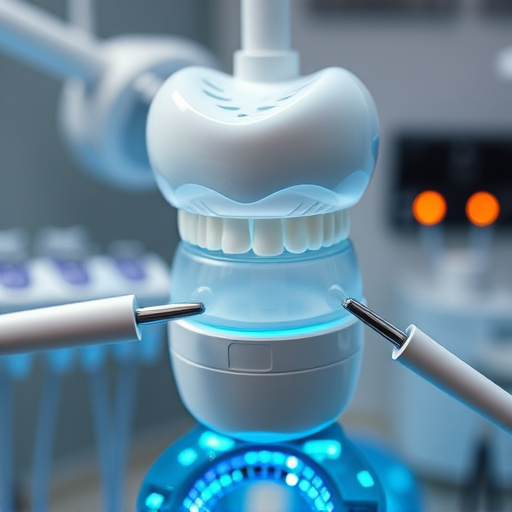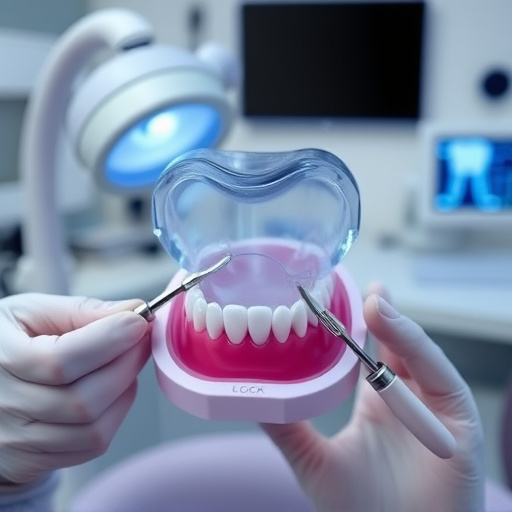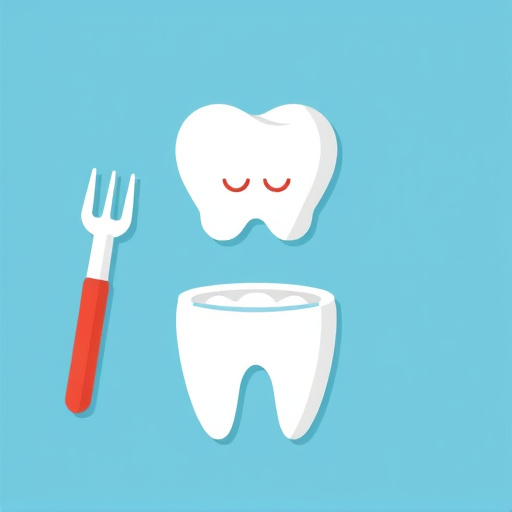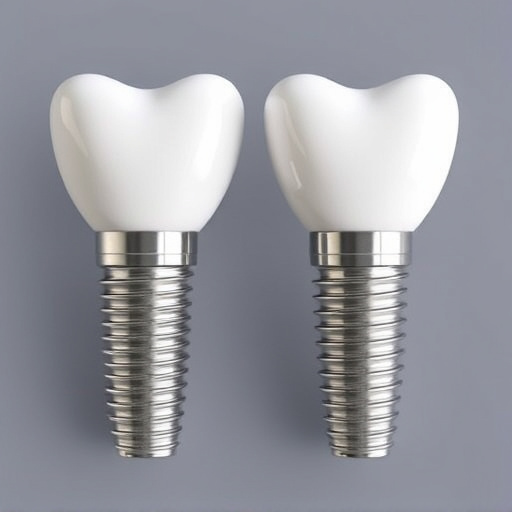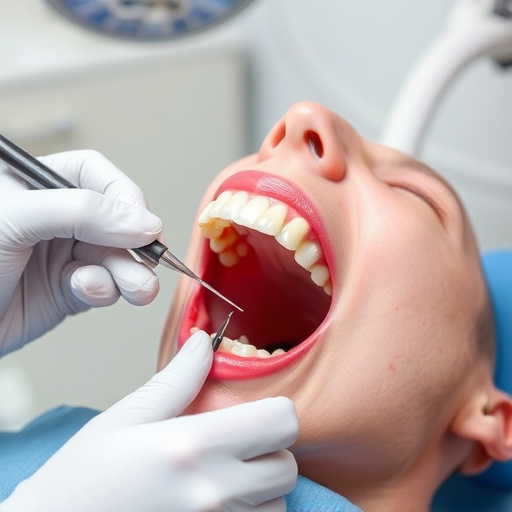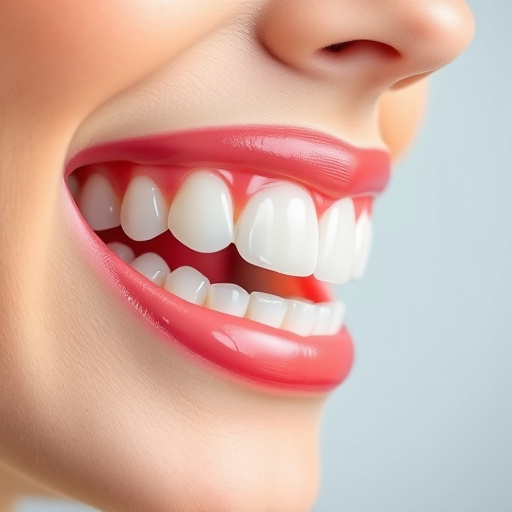Gum health evaluations are key for maintaining oral integrity, revealing dental hygiene insights and proactively identifying issues. Regular checkups detect signs like inflammation, periodontitis, or bad breath, with preventive measures including brushing, flossing, and balanced diets. Promptly addressing gum disease improves oral health and systemic well-being, reducing risks of heart disease and diabetes. Good gum health is achieved through at-home practices and professional cleanings, preventing costly procedures.
Maintaining optimal gum health is essential for achieving and sustaining excellent oral hygiene. This comprehensive guide delves into the critical role of gums as the foundation for overall mouth wellness. We’ll explore various aspects, starting with understanding the significance of gum health and its connection to oral care. Then, we’ll uncover common signs and symptoms of gum disease, offer prevention strategies, and provide practical tips for implementing effective gum hygiene practices right in your home.
- Understanding Gum Health: The Foundation of Oral Care
- Evaluating Gum Disease: Signs, Symptoms, and Prevention
- Implementing Effective Gum Hygiene Practices at Home
Understanding Gum Health: The Foundation of Oral Care
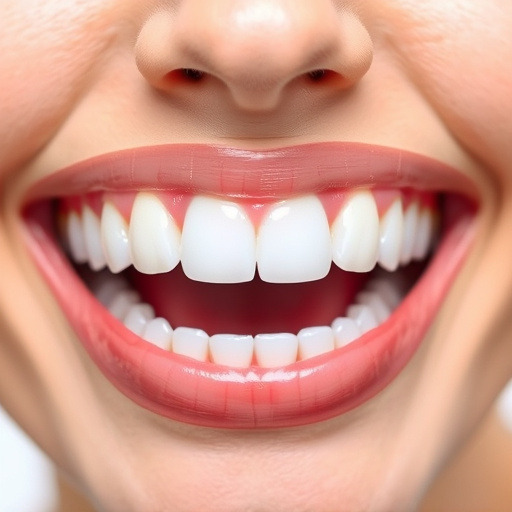
Gum health is often overlooked as a crucial aspect of oral hygiene, yet it serves as the very foundation for maintaining a healthy smile. The gums play a pivotal role in supporting and protecting our teeth, making their well-being integral to overall dental health. A simple gum health evaluation can reveal a lot about an individual’s oral care routine and identify potential issues early on.
When considering oral care, it’s essential to look beyond the teeth and embrace a holistic approach that includes evaluating the gums. This initial step in the family dentistry setting can be transformative, leading to improved oral hygiene practices and even preventing emergency dental situations. Restorative dentistry procedures often become more complex and costly when gum disease is left untreated, emphasizing the importance of regular gum health assessments as part of one’s dental wellness regimen.
Evaluating Gum Disease: Signs, Symptoms, and Prevention

Evaluating gum disease is a crucial component of any comprehensive gum health evaluation. Signs and symptoms can vary from mild inflammation to more severe conditions like periodontitis, affecting not just your gums but also your teeth and overall oral health. Keep an eye out for red, swollen, or tender gums; bleeding while brushing or flossing; persistent bad breath; receding gums; loose or shifting teeth; and puss-filled pockets around the teeth. Regular dental checkups with a general dentistry professional are essential for early detection and prevention.
Prevention is key in maintaining optimal gum health through good oral hygiene practices, including daily brushing and flossing. A balanced diet rich in calcium, vitamin D, and other nutrients also plays a significant role. Regular visits to your dentist for cleanings and preventive dentistry measures such as dental fillings can help catch issues early. By addressing gum disease promptly, you not only improve your oral hygiene but also protect your overall health, as gum health is linked to systemic conditions like heart disease and diabetes.
Implementing Effective Gum Hygiene Practices at Home

Maintaining good gum health is an integral part of any comprehensive oral hygiene routine. Start by adopting simple yet effective practices at home. Regularly use dental floss to remove plaque and food particles from between your teeth and gums, a key step in preventing gum disease. Brushing your teeth twice a day with fluoride toothpaste also plays a significant role in promoting gum health. Ensure you brush gently for two minutes each time, targeting all surfaces of your teeth and along the gumline.
Additionally, incorporating oral care products like antibacterial mouthwashes can further enhance your gum hygiene regimen. Remember that consistent dental cleanings by a professional are essential to removing built-up tartar and deep cleaning hard-to-reach areas. Combining these at-home practices with regular dental visits can significantly contribute to improving and maintaining your gum health, ensuring the longevity of your smile and potentially preventing costly procedures like tooth repair or even dental implants.
A thorough gum health evaluation is the cornerstone of any comprehensive oral hygiene routine. By understanding the signs and symptoms of gum disease, implementing preventive measures, and adopting effective home care practices, individuals can significantly improve their overall dental well-being. Regularly assessing and addressing gum health is a game-changer in maintaining a bright, healthy smile for life.




